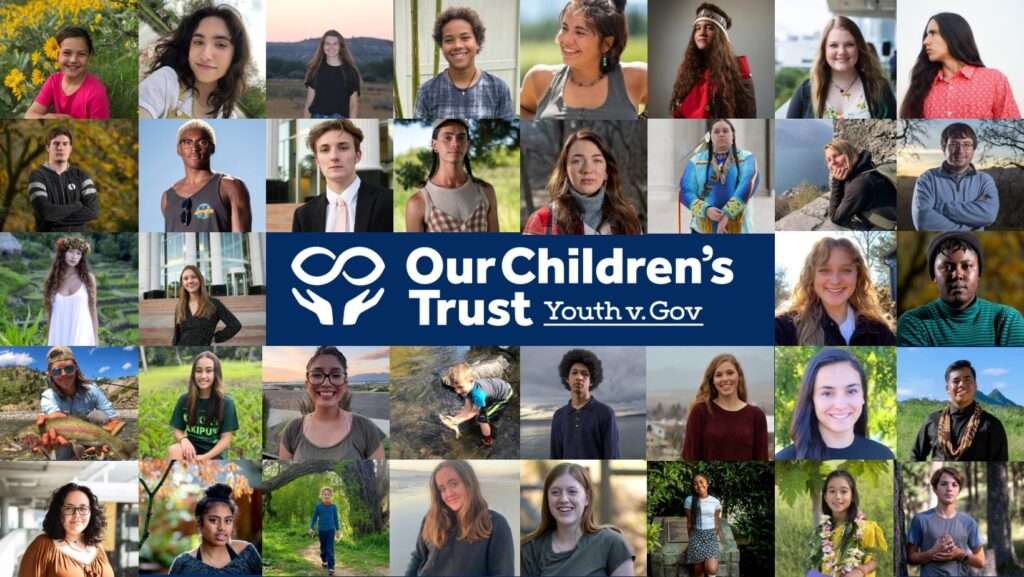This is part of a trilogy focusing on activism at the community level
- Part One: Youth vs. Gvt.: How the Youth are Leading The Way
- Part Two : How communities can create change at the municipal level in the face of a system that prevents it
- Part Three: The Green Amendment: Securing Our Right to a Healthy Environment
As corporations continue to plunder our planet that sustains us, endangering all life, youth movements worldwide are doing much more than protesting: They’re creating real civic action.
On April 25, 2024, Rob Moir of the Ocean River Institute caught up with two of the attorneys who represented the youth movement in Montana, sued the United States Government, and turned things around for our collective health.
During this one hour conversation, you will join Biodiversity for a Livable Climate and the Ocean River Institute for a lively discussion of the practice and power of youth activism
Mat dos Santos and Laura Gehrke of Our Children’s Trust will talk with Rob Moir of Ocean River Institute about how 16 youth plaintiffs successfully sued the state of Montana to protect their equal rights to a healthy environment, life, dignity, and freedom. At the core of the suit was the claim that Montana’s state government continues to promote and support fossil fuel extraction and burning, expanding the climate crisis and harming the youth plaintiffs.
Held v. State of Montana is the country’s first-ever children’s constitutional climate case to go to trial. The First Judicial District Court of Montana ruled wholly in favor of the 16 youth plaintiffs, declaring that the state violated the youth’s constitutional rights, including their rights to equal protection, dignity, liberty, health and safety, and public trust, which are all predicated on their right to a clean and healthful environment.
 Pictured above are the youth plaintiffs in seven cases of Our Children’s Trust: Held v. State of Montana, Julianna v. United States, Natalie R v. State of Utah, Navahine F. v. HDOT, Layla H. v. Commonwealth of VA, Florida Petition for Rulemaking, and La Rose v. His Majesty the King (Canada).
Pictured above are the youth plaintiffs in seven cases of Our Children’s Trust: Held v. State of Montana, Julianna v. United States, Natalie R v. State of Utah, Navahine F. v. HDOT, Layla H. v. Commonwealth of VA, Florida Petition for Rulemaking, and La Rose v. His Majesty the King (Canada).

